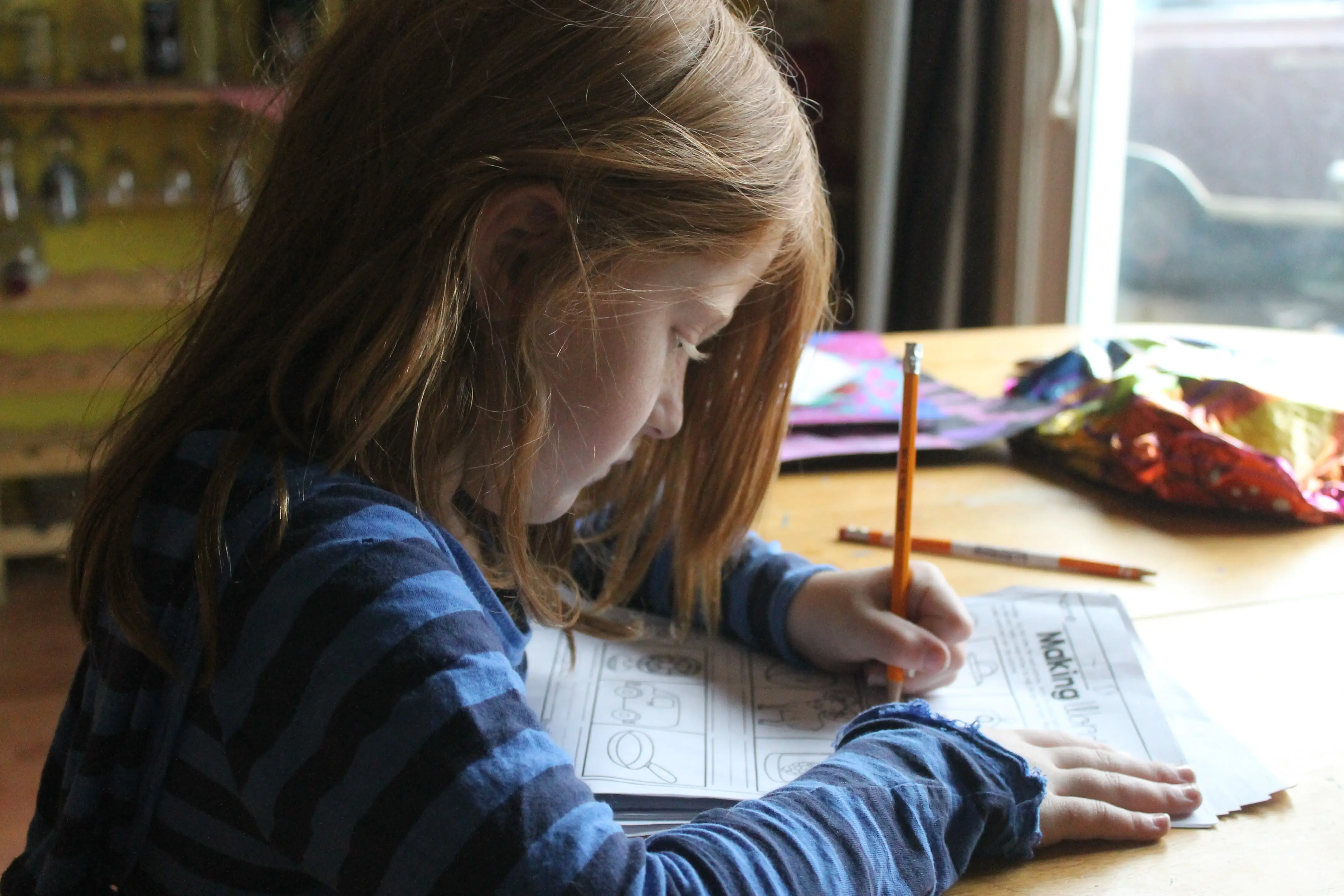2.0 Problem
The paper aims to discuss about lifespan development issues of a child. The development of the child can mean that children adapted in time. It covers everything the average person can get adults. This is the way the best confidence is to complement freedom. Child development can be defined as the process by which a child changes over a time. It covers the all period from which conception to individual becoming a full functional adult. It is a journey from total dependence to full independence (Baboolal, 2021).
2.1 Identify a problem within child lifespan development
The problem of study concerns the lifespan development issues of a child. Parents should provide opportunities for independent decision making such as choosing own clothes. Children in this stage not only take pride in the new things they can accomplish but they also want to do everything independently, whether it is pulling the wrapper off a piece of candy, selecting a vitamin tablet out of a bottle, flushing the toilet or replying.
According to Damman (2018), there are several words and phrases that are difficult and do not make sense to me. One is ‘authentic voices of children’, which the author explains as one that children are not enabled to produce (p. 368) (Allison, 2007). The correct meaning of ‘authentic voices of children’ is that they increase the tendency to view young people as seekers capable of carrying out their very individual learning tasks in areas applicable to everyday life.
A study conducted by Apau & Koranteng, (2019) found that the highest efficiency of 4 civil law cases and most of the 100 cases of this period were supported in 4 cases of the period where time is a separate request. Although many programs attract and retain women and non-women, all have implications for non-minority workers. If the reach is not well controlled, volunteers and men may feel isolated or unaffected by the establishment of rules. By conducting experimental studies of 151 painters in our main building, he explored whether the proportion of beauty organizations based on race or sexuality was affected by meeting absence conditions, mental relationships with beauty organizations, work and mood swings.
2.2 Explain the purpose of this study and why it is significant for this to be addressed
The purpose of the study is to investigate the lifespan development issues of a child. Three interlocking tough problems constitute the crucial problems in present day childhood research. The first problem is on authenticity. If the extremely current model of child is done, more children want to participate in ethnography and politics. It therefore means that more children are by means of disabled platforms prevented from doing so as their self-expression and therefore need assistance (Allison, 2007). If the kids` voices and troubles are inaccessible and obvious at the moment, people must now not overlook approximate strategies of expressing children`s pastimes with a useful supply of records using their voices for whom and for what capabilities.
3.0 Rationale
The reason for studying the lifespan development issues of a child. Therefore, the important question is how young scholars can entertain each child and communicates as individuals to their original and precise research and to practice for health. What is the fact that the population of the cultural, economic and political institutions of this social period is classified as “child-based”? (Allison, 2007) The real risk here is that if it doesn’t give kids greater popularity and visibility as social people who live in certain social worlds, sincere older kids will become more isolated and their voices silenced as quickly as possible.
3.1 What existing work setting data (evidence) support the problem you identified?
The problem that emerges is the culture of childhood development with age which is not clear to me since children participation in conversations is not always enough to ensure those children’s voices and opinions are heard (p. 369). I affirm that the correct meaning of the ‘the cultural politics of childhood’ occurs when people don’t always let the child speak without questioning or actually letting the child speak without discovering their unique contribution to the world (Allison, 2007). Equally important, the word ‘positivism’ does not make sense to me when the author only speaks about it on children success in politics (p. 369). According to me, ‘positivism’ starts from the political and academic promise that will position young people as members of the society and early child studies must begin to engage more in social issues at this time in order to make informed decisions.
Child span development affects the treatment of an individual or candidate unfairly because of their race or because of physical characteristics often associated with race, such as pores and skin, hair color , hair texture or some kind of face. According to the context of the public story, there are programs in the factory where all the employees comply with the law if they hate the children in a bad way. For example, a specific indication of whether or not to wear special haircuts might be unfair to children and the same ball would be banned unless necessary.
3.2 What evidence from the research literature addresses the problem you identified?
Additionally, I find the phrase ‘covert, invasive or exploitative research’ on child span development very clear when the author says there may be an increasing tendency to view young people as seekers capable of carrying out their very individual learning tasks in areas applicable to everyday life (p. 370). The right meaning of ‘covert, abusive invasive or exploitative research’ is that it uses children as co-researchers or possibly sole researchers during research as a daunting task (Allison, 2007). In terms of research, has such research been done with children?
According to research, the description of child development and race or age is less. Development is a term used to describe situations where key organizations within an organization understand that they may encounter growth based on race or gender. This type of interpretation is not uncommon, but is often recognized when the main body understands that members of protected (special) classes (Damman, 2018). They are now being targeted to open makers or trainers based on their interests rather than their interests given based on race or gender.
The third point includes asking questions about the characteristics of children’s participation in learning methods. As the early formative years progressed, it was understood that research was done with children rather than with adults (Allison, 2007). Thus, modern childhood research including various methodological assessments has taken a broader place in internal anthropology and the social sciences. The research in particular takes the interest in sessions related to transcripts in the researcher’s person.
4.0 Research Questions
The following research questions were used in the study:
4.1 Quantitative Research Question 1:
What is the relation between child lifespan and development rate?
4.2 Quantitative Research Question 2:
What is the relation between environment and development rate?
4.3 Qualitative Research Question 3:
What are the perceptions, attitudes, opinions of people towards child lifespan and development rate?
5.0 Definition of key terms:
Lifespan – the period of life
Development – process where things mature and become big
Child- a small aged human being from 16 and below
Rate-the speed of development
References
Apau, R. and Koranteng, F.N., (2019) Impact of Child Development and Trust on the Use of E-Commerce Technologies: An Application of the Theory of Planned Behavior. International Journal of Cyber Criminology, 13(2), 6-17
Baboolal F., R., (2021), Analysis of Lifespan approach. Academy of Strategic Management Journal, 20, pp.1-16
Bharadwaj, S., (2019) The Child Development Strategy: An Insight Into Amazon. Com. International Journal of Scientific and Technology Research, 8(10), pp.2-8
Damman, S. (2018) Child Development in Norway: between Marginality and Global Employee Relations In Eduardo Davel, Jean-Pierre Dupuis (Ed.), Gestion en contexte interculturel : approches, problématiques, pratiques et plongées. Québec: Presse de l’Université Laval et Télé-université
Edosomwan, S., Prakasan, S.K., Kouame, D., Watson, J. and Seymour, T., (2021) The Child Development and its impact on business, Journal of Applied Management and entrepreneurship, 16(3), pp.7-19









